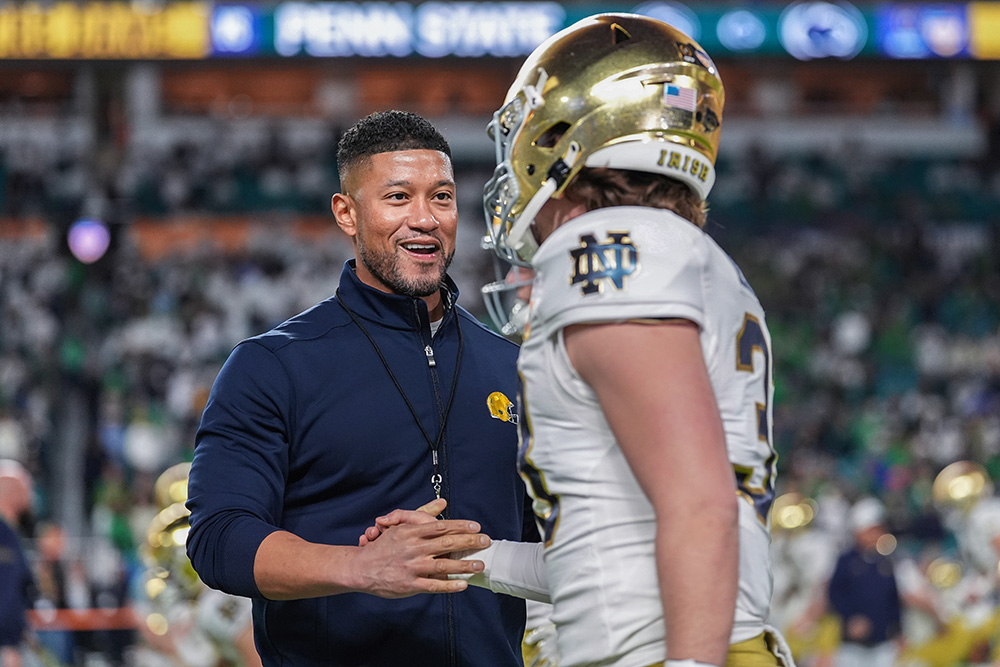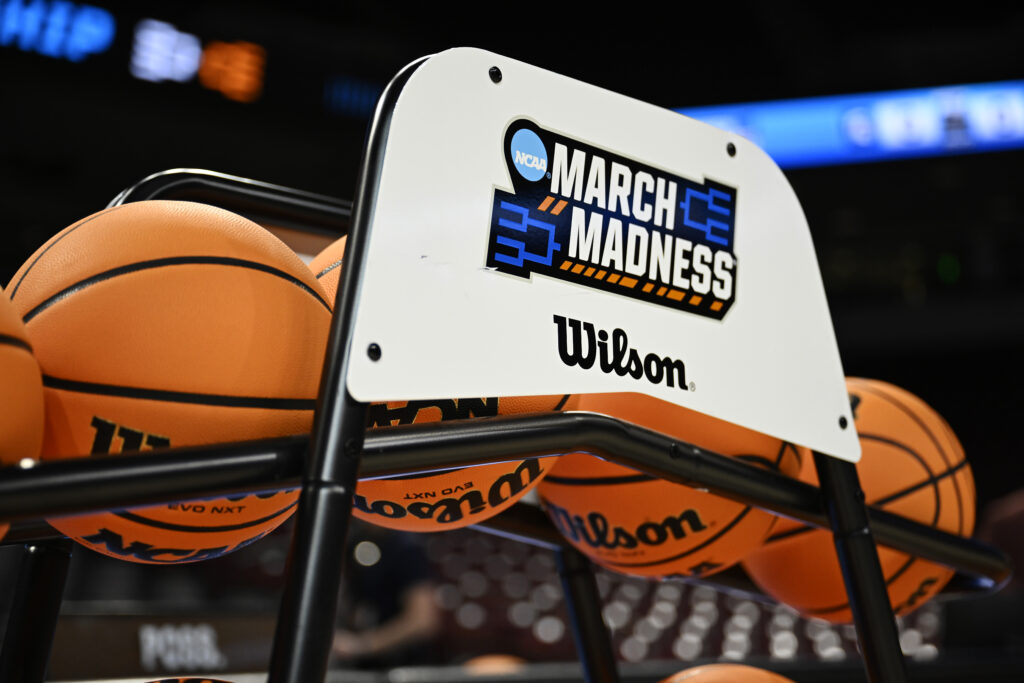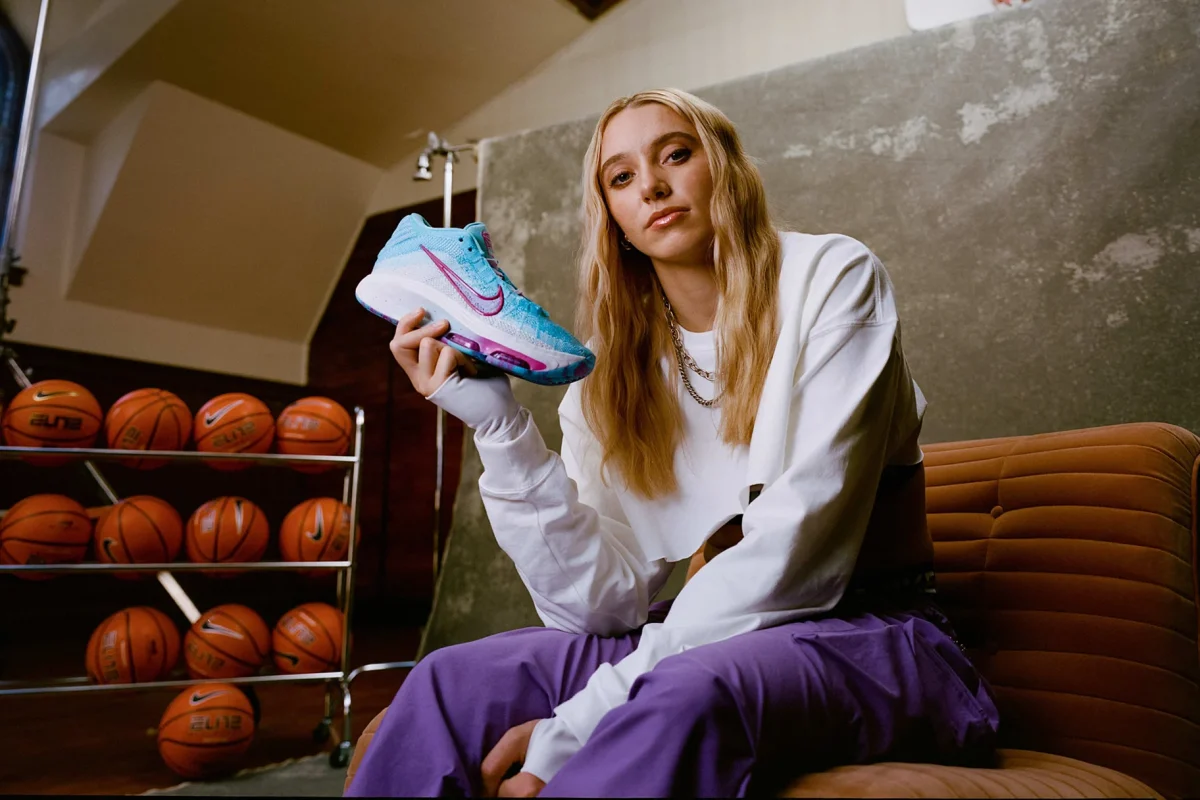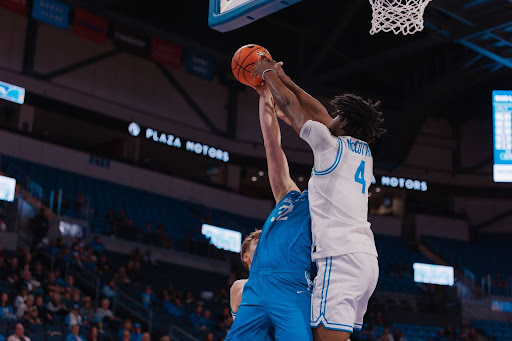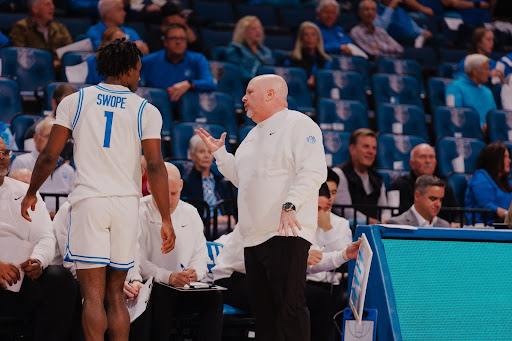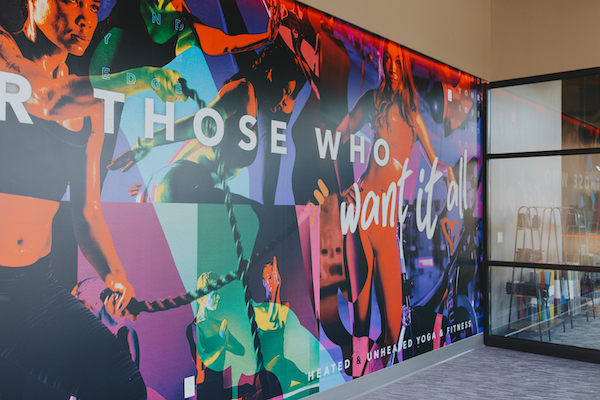Age matters: the older, the better.
If you can’t legally enter a strip club, you shouldn’t be allowed to play in the National Basketball Association. If you can’t legally gamble at a casino, you shouldn’t be allowed to play in the NBA. And if you can’t legally consume alcohol, you shouldn’t be allowed to play in the NBA.
In part due to all these addictive temptations, potential NBA players should be required to grow up in the cozy confines of a college campus. Not just to improve physically, but to develop mentally and emotionally.
Translation: the NBA needs a minimum age requirement.
Kwame Brown is 19 years old. A 6-foot-11, 240-pound center from Brunswick, Ga., Brown averaged over 20 points and 13 rebounds in his senior year of high school. He was the player of the year in the state of Georgia, a Parade All-American, and talented enough to be recruited by the University of Florida.
But Brown will never step foot in Gainesville. He won’t be getting an immediate college education. And he won’t have the chance to develop from his teen years into manhood at a reasonable pace, either.
In June’s NBA draft, the Washington Wizards made Brown the first high school player ever to be selected No. 1 overall.
Brown will undoubtedly disappear into anonymity during next season’s 82-game NBA schedule against the best players in the world. He could be thriving in a less-demanding college game in which he would earn more minutes and recognition.
The Wizards saw his potential to become a NBA superstar. Brown saw his chance to become instantly rich.
Don’t blame him. Don’t blame a byproduct of the system.
He’s set for life without having played one minute in the NBA. According to the NBA’s rookie salary scale, the No. 1 pick will make 3.08 million dollars in his first year, with annual increases of almost 7.5 percent for the next two seasons; not to mention added income in endorsements.
Blame the NBA. Blame League Commissioner David Stern.
High school players should not be allowed to compete at the game’s highest level until they have paid their dues and gone to college. Granted, only a select few have attempted the jump. According to ESPN.com, 19 high school players have entered the NBA draft since 1995. That’s 19 out of a possible 700,000 players. But that’s not the point. It could be the wave of the future.
With high school players forbidden to make the jump to the NBA until they’re 21years old:
Stern and league officials would be making a bold statement on the importance of educating America’s youth. With at least two years of college, potential NBA players would be that much closer to completing their college degree in case a NBA career doesn’t work out.
It would glorify the league’s past. The NBA is for the best players in the world-not a league based on the most potential. Let the best college players be drafted, and the best high school players fill their shoes. The NBA’s ratings could go up because the public has already been familiarized with each year’s rookie class.
College basketball would thrive. Remember when Duke’s dominance in the early 1990s featured the likes of Christian Laettner, Bobby Hurley and Grant Hill? All three finished their collegiate careers at Duke before going on to the pros.
Those days are far-fetched. Players would be mentally and emotionally prepared to handle the ruthless media.
So David, lets bring basketball back to its original state.
Sorry Kwame, I’d toast to it.



